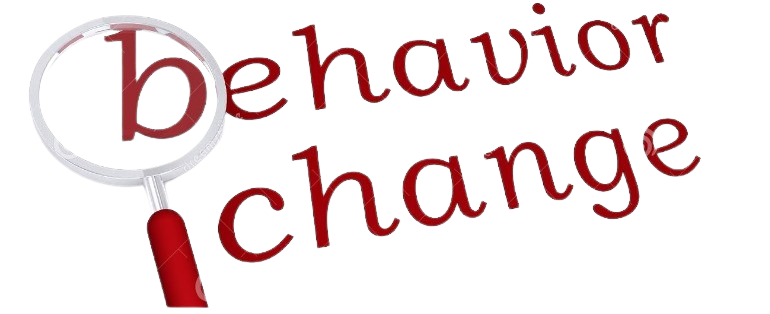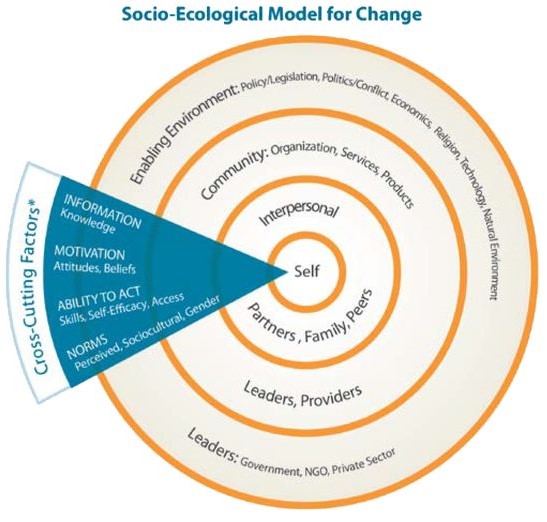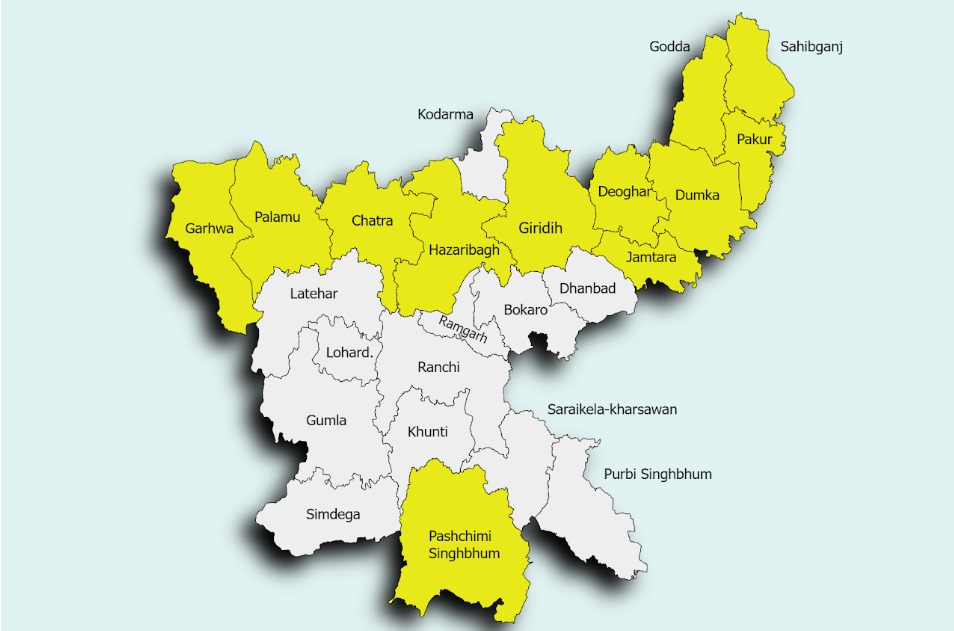
// Project Objectives
Technical support for strengthening RCCE and Covid Vaccine communication at district level in Jharkhand
A joint Initiative of UNICEF and XISS to strengthen Social and Behaviour Change Communication (SBCC) in major programs in 12 districts.
The common thread of the program will be Strengthening of Social and Behaviour Change Communication Plan across different departments and issues. XISS and UNICEF, Jharkhand is carrying on the partnership (Sampark III) to support the efforts of the government to promote Covid Appropriate Behaviour (CAB). full coverage of Covid vaccination, strengthening SBCC in RMNCH+A and RI. the project expands this year – 2023 -24 into stronger and more deep social issues of child protection, focussed to eradicate child marriage and violence against children. It is such an issue that has relation to multi-lateral departments. To scale this up, 12 SBCC-DPCs are working with respective district administrations in need-based planning, implementation, monitoring and reporting of communication campaign intervention for eleven months.



